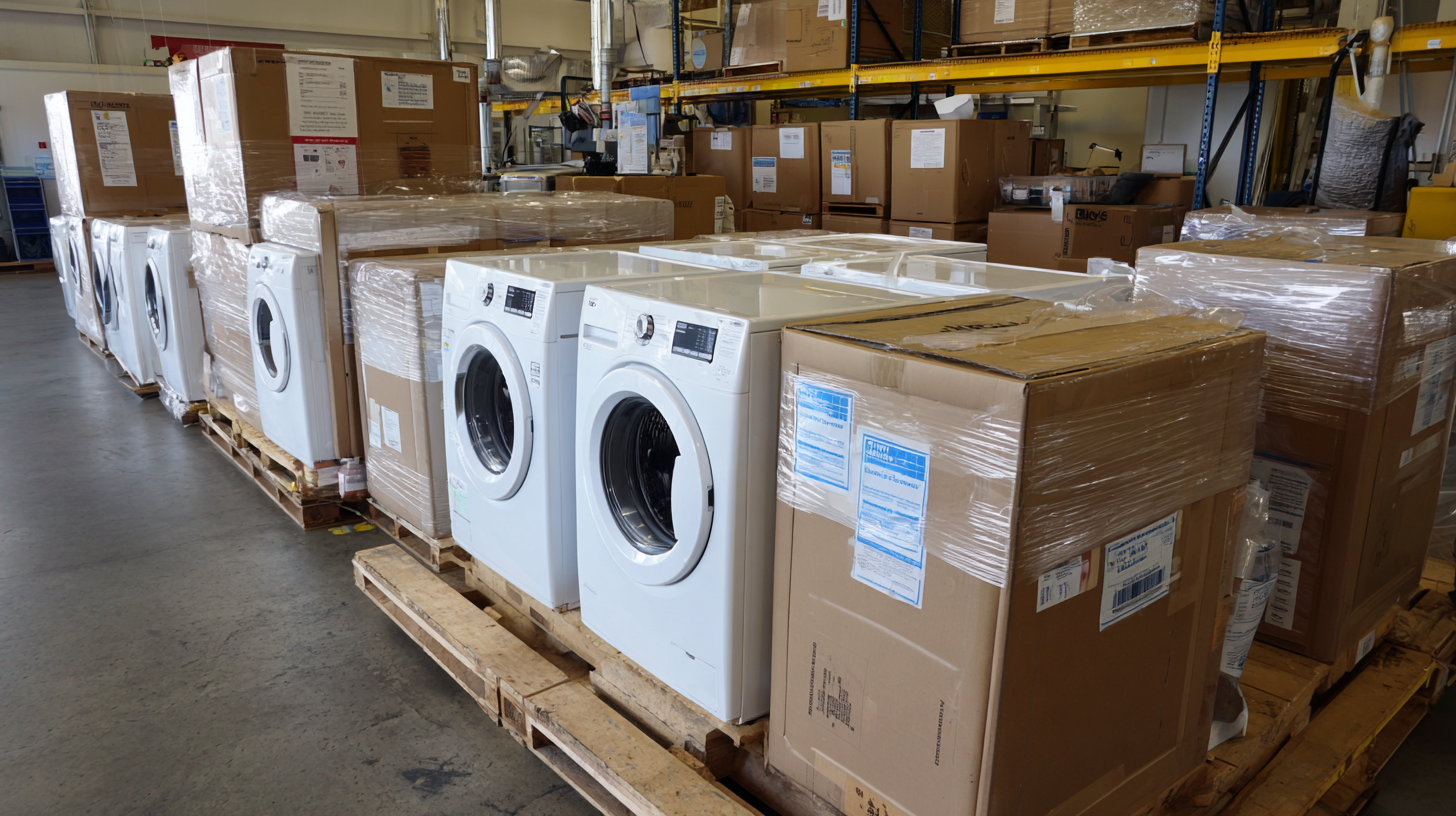Whether you’re launching a new laundromat, managing a hotel, running a multi-family property, or upgrading equipment at an on-premise laundry facility, choosing the right commercial washer and dryer is one of the most critical decisions you’ll make. The right machines can lower utility bills, reduce maintenance costs, improve customer satisfaction, and extend equipment lifespan. But with so many brands, models, and features on the market, how do you choose the right ones?
This comprehensive guide walks you through the key factors to consider when selecting commercial washers and dryers in 2025.
1. Define Your Business Type and Laundry Volume
Start by identifying the nature and scale of your laundry operation. Different business models have different needs:
- Laundromats: Require heavy-duty, customer-operated machines, often in large quantities. Durability and user interface are critical.
- Hotels & Hospitality: Need quiet, high-capacity machines with programmable settings for various linen types.
- Multi-Housing Units: Prefer compact, stackable units with user-friendly controls and integrated payment systems.
- Healthcare & Gyms: Demand hygienic, high-temperature washers and reliable cycle sanitization.
- Industrial/On-Premise Laundry (OPL): Must handle high throughput with minimal downtime.
Tip: Estimate daily load volume and peak usage times to determine how many machines you need and what capacity suits your environment.
2. Choose Between Front-Load and Top-Load Washers
- Front-Load Washers:
- More energy- and water-efficient
- Higher G-force extraction reduces drying time
- Better ergonomics and stackable
- Ideal for commercial environments with continuous use
- Top-Load Washers:
- Often more affordable upfront
- Familiar design for users
- Use more water and energy
- Less suitable for high-traffic facilities
For most modern commercial settings, front-load washers are the preferred option.
3. Determine Load Capacity and Machine Size
Commercial washers and dryers come in a wide range of capacities, usually measured in pounds:
- Small (15–25 lbs): Best for low-volume properties and apartments
- Medium (30–60 lbs): Common in laundromats, small hotels
- Large (80–120+ lbs): Ideal for industrial applications or very high volume
Also consider the physical footprint of each unit. For space-constrained areas, stackable washer-dryer combos can double your capacity.
4. Evaluate Energy and Water Efficiency
Running costs can eat into your bottom line. Look for machines with:
- ENERGY STAR® certification
- Automatic Load Sensing: Adjusts water levels based on load size
- High G-force Extraction: Reduces moisture left in clothes, cutting dryer time
- Low BTU (British Thermal Unit) dryers: Minimize energy consumption
Savings Example: An efficient machine can save you hundreds to thousands of dollars annually in water, electricity, and gas bills.
5. Select a Payment System (if customer-facing)
For laundromats and multi-housing units, choose machines compatible with:
- Coin-operated systems
- Card-operated systems
- Mobile app payments (QR code or NFC tap)
- Loyalty and rewards programs
Smart payment options not only improve user experience but also provide data tracking for business performance and maintenance needs.
6. Consider Controls and Customization
Your ideal control system depends on the users:
- Basic Mechanical Controls: Durable and easy to operate
- Digital Controls with Pre-set Programs: Offer more wash options
- Programmable Logic Controllers (PLC): For institutional settings where specific textile care is required
- Cloud-Based Systems: Allow remote diagnostics, cycle tracking, and fleet management
7. Think About Maintenance and Serviceability
Durability is important, but no machine is maintenance-free. Consider:
- Availability of parts and service in your region
- Brand reputation for reliability and support
- Ease of access to internal components
- Warranty coverage (1–5 years standard; some offer up to 10 years for key parts)
Pro Tip: Brands like Speed Queen and Continental Girbau are praised for ease of maintenance and strong dealer networks.
8. Compare Trusted Brands
Some of the most reliable commercial laundry brands include:
- Speed Queen – Industry-leading durability, robust controls
- Maytag Commercial – Simple, effective, and widely available
- Electrolux Professional – Energy-efficient, programmable systems
- LG Commercial – Quiet, smart-connected systems
- Continental Girbau – High-volume industrial machines
- Huebsch – A Speed Queen sibling brand, highly rated for laundromats
9. Review Installation and Utility Requirements
Check your building’s infrastructure:
- Water inlet and drain capacity
- Electrical requirements (120V vs 208–240V; single or three-phase)
- Gas line availability for dryers
- Ventilation for dryer exhaust
Planning ahead for utility needs avoids costly retrofits later.
10. Set a Realistic Budget
Pricing varies based on capacity, features, and brand:
- Basic top-load machines: $900–$1,500
- Mid-range front-load commercial units: $2,000–$4,000
- High-capacity, programmable washers/dryers: $5,000–$15,000+
Don’t forget to budget for installation, shipping, warranties, and optional accessories (pedestals, stands, card readers).
Conclusion: Match the Machine to the Mission
Choosing the right commercial washer and dryer isn’t just about price—it’s about fit. The best machine is one that:
- Matches your business type and workload
- Reduces operating costs
- Minimizes downtime
- Improves user experience
- Supports long-term growth
Before making your purchase, request quotes from several dealers, read product reviews, and explore financing or leasing options if needed. Investing wisely now will save you time, money, and headaches in the years ahead.








